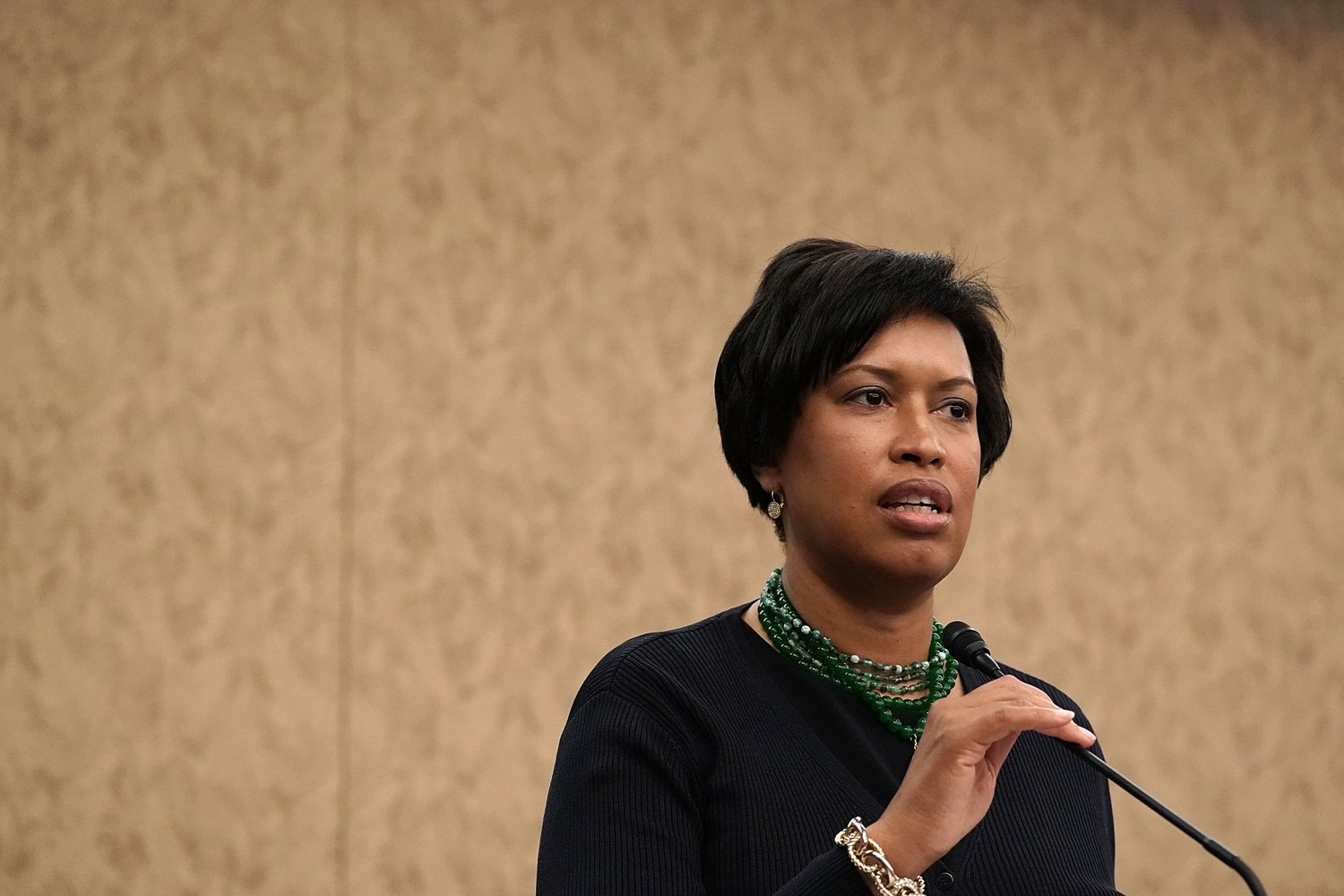
A recent overhaul of Washington, D.C.’s arts funding model has increased the number of grants available to small and midsize organizations while making sharp cuts to those for nearly two dozen of the city’s largest cultural institutions.
The changes, ratified by the Council of the District of Columbia in July, are supposed to increase equity by dispersing funds throughout the city’s neighborhoods, providing financial support to a more racially diverse cohort of cultural groups than ever before. But some major museums and theater groups are claiming that the new rules are an overcorrection, and will cause their grants to fall by more than 60 percent.
“Our good faith has clearly been taken advantage of,” wrote Paul R. Tetreault, director of Ford’s Theatre, in an email last month to several other arts leaders whose organizations could experience cuts. Although the groups had acquiesced to the change, he wrote, “the spirit of our agreement has been violated.”
Since 2019, large nonprofits like Tetreault’s have received access to noncompetitive grants through the National Capital Arts Cohort (NCAC), which amounted to $8.7 million this year. There are currently 21 institutions in the group—including the Phillips Collection and the National Museum of Women in the Arts—and they have received, on average, more than $395,000 each. (The NCAC group does not encompass museums with substantial federal funding, such as those under the Smithsonian’s umbrella.)
But the rules passed last month by the council scrapped the NCAC scheme and allowed the D.C. Commission on the Arts and Humanities (DCCAH) to divide its total grants budget of $16.5 million in new ways. Forty-eight institutions with operating budgets larger than $1 million will compete for grants between $125,000 and $200,000; meanwhile, 97 smaller organizations have access to support ranging from $40,000 to $140,000.
NCAC members claimed that commission staff had suggested those changes would amount to a tiered system based on budget size, in which the largest organizations could receive up to $300,000 apiece.
“We calculate that under this system, our grants would be cut by approximately $3 million—to which we agreed,” wrote Tetreault in his email, first reported by the Washington City Paper. But the director estimates that in practice, the new rules would amount to “over a $5 million reduction in our awards,” a 61% reduction from last year.
The DCCAH has defended the changes, which follow an inquiry into how racism and white privilege have pervaded the city’s arts funding, noting that at least one NCAC member, Arena Stage, spent $30,000 on a lobbyist who met with legislators to discuss arts funding.
“The point is having a dynamic arts sector that discovers new voices, rewards innovators, and looks forward to new, emerging voices,” Natalie Hopkinson, a cultural scholar recently named to the commission, told Artnet News. “The process shouldn’t be politicized to the point where organizations are hiring lobbyists in order to get access to public money in the arts.”
The National Museum of Women in the Arts in Washington, D.C., one of the institutions that stands to lose funding under the new allocation rules. Photo: Thomas H. Field.
But the DCCAH has itself become a battleground in an ongoing feud between the council and the mayor, Muriel Bowser, who earlier in her administration wanted to transform arts grants into loans that could also apply to culinary and cosmetic businesses. She lost that battle, but later argued that her office controlled the arts commission; in turn, the council voted to reassert the agency’s independence.
Washington, D.C., mayor Muriel Bowser. Photo by Alex Wong/Getty Images.
In 2019, the tug-of-war culminated in the mayor surprising commissioners with a new lock on the vault housing their prized collection of public art. Later that year, Bowser signed a memorandum of understanding that was supposed to resolve the conflict. She has since appointed new members of the commission, including its chairman, the business consultant Reginald Van Lee, who was approved by city council in June. But legislators have delayed taking votes on other appointees like Hopkinson, who could see her nomination die after an October deadline, effectively kicking her out of the commission.
However, advocates of the new funding formula have cheered the reformers’ efforts, describing the increase in grants as providing a bedrock for small nonprofits that have historically struggled to make ends meet in a city where philanthropic support skews heavily toward established institutions in predominantly white areas of the majority-Black city.
“The commissioners are responding to an inherently inequitable, racist system and trying to play their part in fixing it,” said Peter Nesbett, director of Washington Project for the Arts. “To my mind, this reallocation is a moral issue.”
Installation view of the exhibition “Riffs and Relations: African American Artists and the European Modernist Tradition,” last year at The Phillips Collection, Washington, D.C.
Nesbett anticipates that funding for his own organization, which helps realize artist-driven projects, will likely double from $55,000 to $100,000 on a $650,000 budget. He hopes to invest that money in artists and increase the salaries of his lowest-paid staff. “I find it hard to believe that any of the big institutions could be angry about the new funding formula,” Nesbett added. “It is a long-term investment in local culture. Eventually, we will all benefit.”
But the major institutions which have lost funding are planning to meet after Labor Day to strategize for next year’s budget cycle, and Phil Mendelson, the D.C. Council’s chairman, has expressed dismay at the size of the cuts they face. Several commissioners said they feared that the changes to the grantmaking system could be reversed.
For now, Hopkinson is celebratory but cautious. “I am worried about a rollback,” she said.